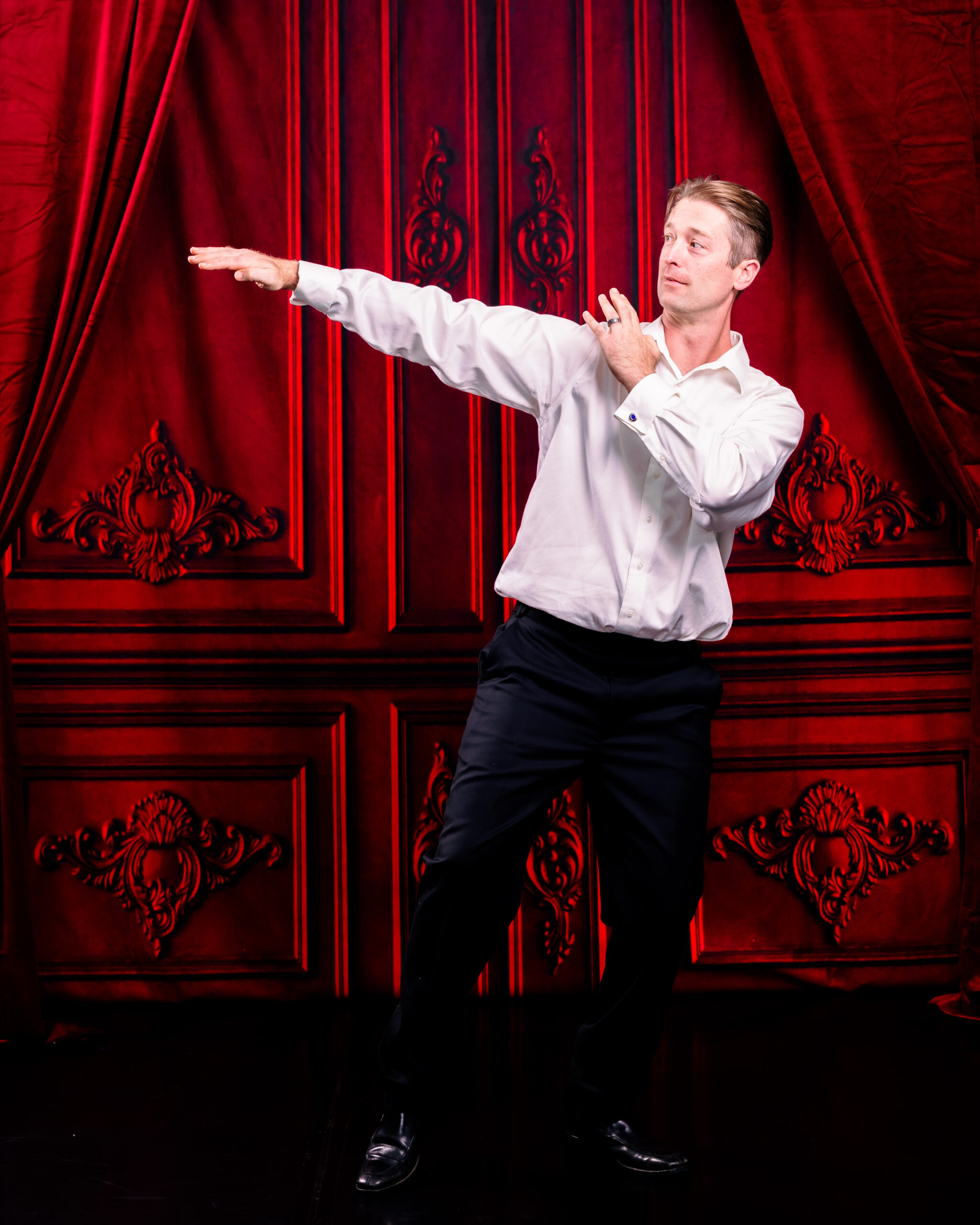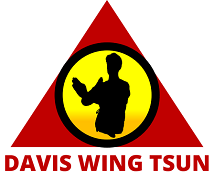History of Wing Tsun (Wing Chun)
As with many things 300 or 400 years old our information has been passed down from person to person and little facts remain. It was developed in the Guangzhou region of southern China and legend has it a Buddhist nun, Ng Mui, developed it after watching 2 animals fighting. She was already a kung fu master and adapted 2 other styles into one. Her first student was a woman named Wing Chun. From here, it was taught to a handful of people each generation. It wasn't until the late 1800s that it was taught more openly.
Of more recent history, Yip Man, is the most famous. He first learned Wing Chun in Foshan, China and taught there and then in Hong Kong. He spawned great growth in Wing Chun and most famously is the original instructor of the late Bruce Lee before he moved to the US.
The WingTsun Method
At its root, it is simple:
- Attack, don't defend.
- Attack using the most direct method.
It is simple to take the first steps and useful material is gained immediately. However, like chess, though its moves are simple, there are progressive layers of refinement.
There are 3 main teaching methods: forms, chi sao & application/lat sao.
Forms
Are like reference material. They do not teach fighting, rather are the place where the ideal movement is practiced in repetition in solo practice.
- Siu Nim Tau
- Foundational form. Teaches initial movements of WingTsun.
- Chum Kiu
- Coordinates hand, torso and foot movements of WingTsun.
- Biu Tze
- Emphasizes whipping movements and how to recover if you make an error
- Wooden Dummy
- Most advanced empty hand techniques
- Long Pole
- Butterfly Knives
Chi Sao
Translates into sticking or clinging hands. Progressive sensitivity training designed to make fighting movements reflexive and not require thought.
Lat Sao
Starts with set applications and builds up to free fighting. Whereas chi sao begins with arms already touching, lat sao starts before arms are touching.

